Life
From the Van Brederode family, he was the eldest son of Lancelot van Brederode and Adriana van Blois van Treslong. His father Lancelot was an illegitimate son of Reinoud III van Brederode and with his legitimate half-brother Hendrik van Brederode played a major part in the Dutch Revolt - Lancelot was vice-admiral of the 'watergeuzen' or sea beggars and captain at the Siege of Haarlem. After Haarlem fell, Lancelot was beheaded by the Spanish in 1573.
As son-in-law to Johan van Oldenbarnevelt, Reinoud van Brederode was appointed presiding counselor of the Hoge Raad van Holland en Zeeland on 20 April 1602. He was sent to Sweden and the Russian Empire as a diplomat in 1615 and headed the Dutch delegation which brokered the Treaty of Stolbovo. In thanks Gustav II Adolphus made him a 'freiherr' or baron of Wezenberg (now Rakvere in northern Estonia) in 1616.
Van Brederode returned to the Netherlands in August 1616. He attempted in vain to get his father-in-law out of prison in 1618 and the later was beheaded the following year. He was a knight of Holland between 1603 and 1619 and between 1632 and 1633, whilst Henry IV of France made him a knight of France in 1605. He married four times:
- 23 January 1597, to Geertruid van Oldenbarnevelt, daughter of Johan van Oldenbarnevelt and Maria van Utrecht (died 1601), with whom he had three daughters, including Elisabeth van Brederode, who inherited the lordship of Veenhuizen on Reinoud's death
- 1603, to Maria van der Duin (died 1607), with whom he had Adam van Brederode (1604-1608)
- 1612, to Anna van Lijnen (died 1624), with whom he had one daughter
- 1630, to Petronella van Hiniossa.
He is buried in a chapel in Veenhuizen, surmounted by a marble effigy of him - when the chapel was demolished in 1965 the tomb was moved to the town's Reformed Church.
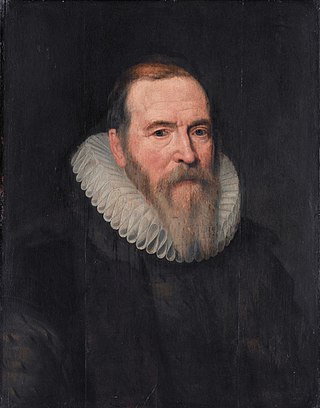
Johan van Oldenbarnevelt, Heer van Berkel en Rodenrijs (1600), Gunterstein (1611) and Bakkum (1613), was a Dutch statesman and revolutionary who played an important role in the Dutch struggle for independence from Spain. He is generally considered as one of the greatest and most important political figures in the history of The Netherlands.
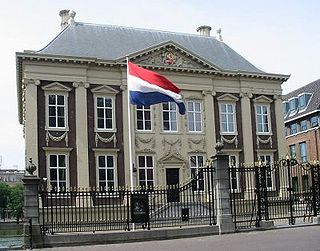
Jacob van Campen was a Dutch artist and architect of the Golden Age.

Henry (Hendrik), Lord of Bréderode, also styled Count of Brederode, was a member of the Dutch noble family Van Brederode. He was the leader of the allied Dutch nobles, the so-called Compromise of Nobles of 1566 and the Geuzen at the beginning of the Eighty Years' War. Van Brederode was named the "Grote Geus" or the "Big Beggar".

Dirck Volckertszoon Coornhert, also known as Theodore Cornhert, was a Dutch writer, philosopher, translator, politician, theologian, and artist. Coornhert is often considered the Father of Dutch Renaissance scholarship.

The Lords of Brederode were a noble family from Holland who played an important role during the Middle Ages and the Early modern period. The family had a high noble rank and hold the titles Count of Brederode, Count of Gennep, and furthermore they ruled the souverain Lordship of Vianen, the Viscountship of Utrecht among other feudal titles.

Gilles van Ledenberg was a Dutch statesman. He was secretary of the States of Utrecht from 1588 until his arrest for treason in 1618, together with Johan van Oldenbarnevelt. He committed suicide to prevent forfeiture of his assets, but he was sentenced to death posthumously and posthumously executed.

Jacob Dircksz de Graeff, free lord of Zuid-Polsbroek was an illustrious member of the Dutch patrician De Graeff family. He belonged to States Faction and was an influential Amsterdam regent and burgomaster (mayor) of the Dutch Golden Age.

Dirk III van Brederode was lord of Brederode.

Brederode Castle, also called the Ruins of Brederode, is located near Santpoort-Zuid. The castle was founded in the second half of the 13th century by William I van Brederode (1215–1285). William was a descendant of the lords van Teylingen, who were related to the counts of Holland. The castle formed part of the high lordship Brederode, which had been given in loan in the 13th century to the lords of Brederode by the count of Holland.

Reinoud II van Brederode was Lord of Vianen, Ameide, Lexmond, Hei- en Boeicop, Meerkerk, Tienhoven and Twaalfhoven.
Willem van Brederode was an admiral-captain and an important partisan of the Hook faction during the Hook and Cod wars.

Walraven II van Brederode was Lord of Brederode, Vianen, Ameide, Bailiff of Hagestein and Burgrave of Utrecht.

Reinoud III van Brederode, lord of Brederode and Vianen, burgrave of Utrecht, master of the woods and master of the hunt of Holland, member of the Council of State.

Willem van Oldenbarnevelt, Lord of Stoutenburg was a son of Johan van Oldenbarnevelt. He was born in The Hague, where he was baptised at the court-chapel in November 1590.

Johan Schatter, was a Dutch Golden Age brewer from Haarlem.

Maria van Utrecht was a notable figure in the Dutch Revolt and the history of the Netherlands.
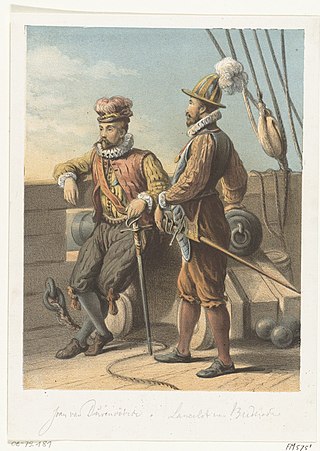
Lancelot van Brederode was a Dutch general in the Dutch Revolt. He was vice admiral of the 'geuzen' or 'Sea Beggars' and a captain in the army of Louis of Nassau.
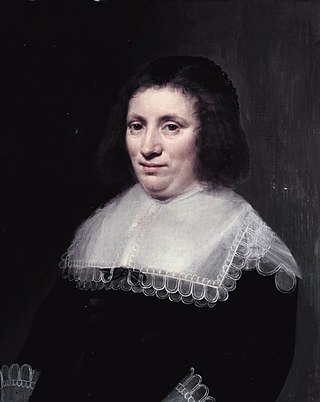
Maria van Reigersberch was the wife of Hugo Grotius, who helped him escape in 1621 from Loevestein Castle during his incarceration there after his 1619 trial.

Adriaan Teding van Berkhout was an eminent Dutch jurist, justice in the Hof van Holland, and politician of the Dutch Republic. He was a friend of Johan van Oldenbarnevelt, who tried to warn the latter of his impending arrest before the Trial of Oldenbarnevelt, Grotius and Hogerbeets.
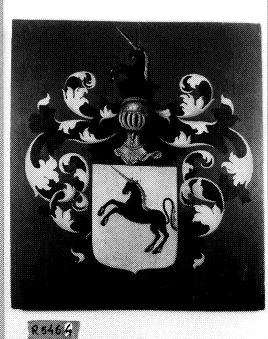
Cornelis van der Mijle was a Dutch politician and diplomat in the service of the Dutch Republic and a regent of Leiden University. He was the son-in-law of Johan van Oldenbarnevelt.
This page is based on this
Wikipedia article Text is available under the
CC BY-SA 4.0 license; additional terms may apply.
Images, videos and audio are available under their respective licenses.


















